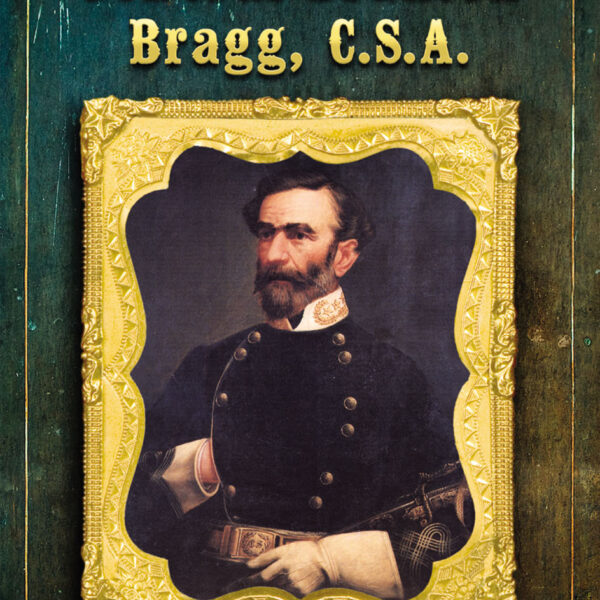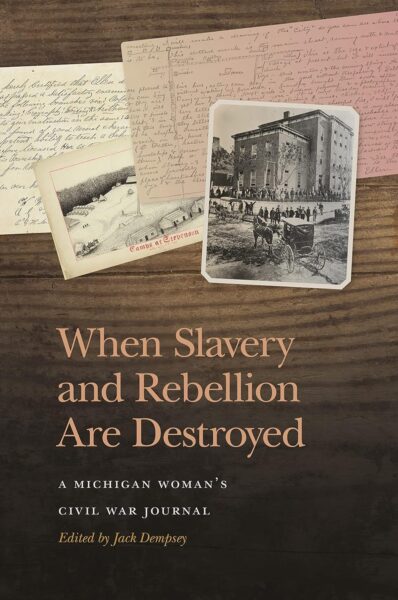Gary Gallagher, one of our nation’s most distinguished Civil War era historians, contends (and I happen to concur with him on this point) that “Civil War battlefields bring the past vividly to life” and “permit us literally to touch our history.” While true, unlocking all of a battlefield’s educational benefits can be difficult without the proper tools. For anyone interested in understanding command decisions, the ebb and flow of combat, and the impact of landscape on an engagement, the most essential ally is a good map. As lucid as any narrative description of troop movements might be, either in book form or as delivered by a battlefield guide, nothing brings greater clarity to the confusing mess of a battlefield than the work of a skilled cartographer.
Historian Bradley Gottfried, former president of the College of Southern Maryland, guide at Antietam, and the author of seven of the eight titles in Savas Beatie’s critically acclaimed Military Atlas Series, has produced a useful resource for understanding the activities of cavalry during the Gettysburg Campaign.
This atlas encompasses cavalry actions beginning with the Battle of Brandy Station and courses through the other cavalry engagements preceding the Battle of Gettysburg, including Aldie, Middleburg, and Upperville. Nearly two dozen maps focus on the various cavalry actions at Gettysburg. This outstanding volume culminates with a series of maps devoted to the cavalry fights that occurred during the Army of Northern Virginia’s retreat from Pennsylvania, including Monterey Pass, Hagerstown, and Williamsport.
Historians hoping that Gottfried might break some new interpretive ground with this volume will be disappointed, but admittedly that is not the point of this superb atlas. The author freely confesses in the book’s introduction that it is not intended to be “the last word or definitive treatment of the mounted arm in this operation… None of the books in this series were created with that intent” (xii-xiii). While the book might not contain any new grand revelations about the cavalry actions during the Gettysburg Campaign, the author has crafted an accessible narrative, firmly grounded in the best scholarship, to accompany this volume’s eighty-three sets of maps.
Throughout the book, the author makes excellent use of primary accounts penned by Union and Confederate cavalrymen—not only to convey the intensity of a particular moment in battle, but also how these troopers felt about the campaign’s various cavalry clashes. Furthermore, Gottfried does an admirable job of illustrating, when appropriate, the impact weather had on cavalrymen, such as the demoralizing influence rain had on Union general Alfred Pleasanton’s troopers in the aftermath of the fight at Middleburg.
As superb and informative as Gottfried’s narrative is, this book’s ultimate value is derived from the manner in which the various cavalry actions of the Gettysburg Campaign are meticulously broken down into easily digestible portions via maps. The painstakingly crafted colorized maps break down the campaign’s various battles into one- or two-hour segments. On occasion, Gottfried examines aspects of a fight in half-hour segments, such as he does with various moments of the Battle of Brandy Station including the combat at Fleetwood Hill and Yew Ridge. These masterfully crafted maps, broken down to the regimental level, with an array of reference points on the landscape, make this atlas an indispensable resource for those intent on comprehending the intricacies about any of the cavalry actions fought between Brandy Station on June 9 through the retreat of Confederate forces across the Potomac River at Falling Waters more than one month later.
Gottfried’s atlas, replete with order of battle, will quickly take its place among the most significant volumes on the Gettysburg Campaign. Veteran students will find Gottfried’s atlas an excellent accompaniment to more in-depth analyses of cavalry operations during the campaign, such as those penned by Eric Wittenberg, J. David Petruzzi, or Edward Longacre. Those with little knowledge of cavalry operations before, during, and after Gettysburg will find Gottfried’s narrative a solid introduction. For anyone with a modicum of interest in the Gettysburg Campaign and exploring the places where these cavalry fights occurred, Gottfried’s book is absolutely essential.
Jonathan A. Noyalas is director of Shenandoah University’s McCormick Civil War Institute and the author or editor of fourteen books. His forthcoming title, Slavery and Freedom in the Shenandoah Valley during the Civil War Era, will be released by the University Press of Florida in 2021.





